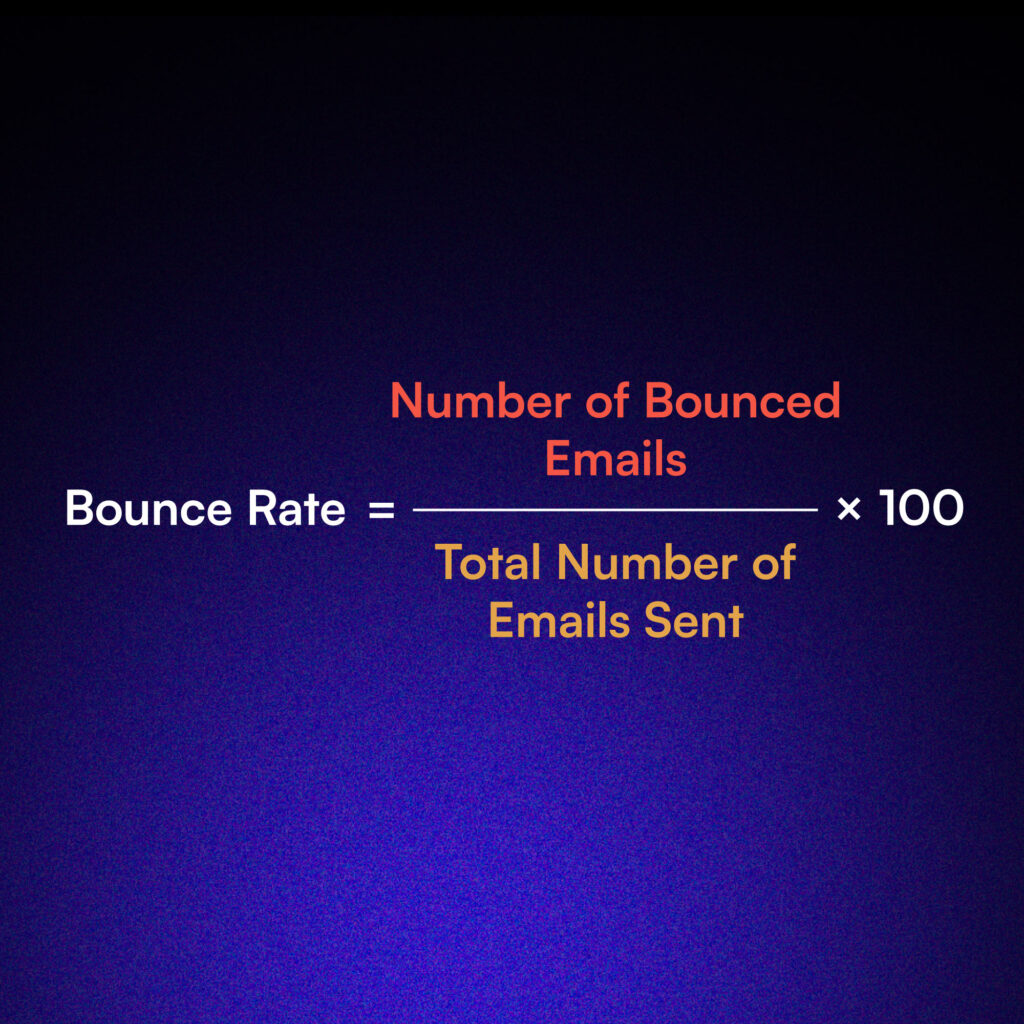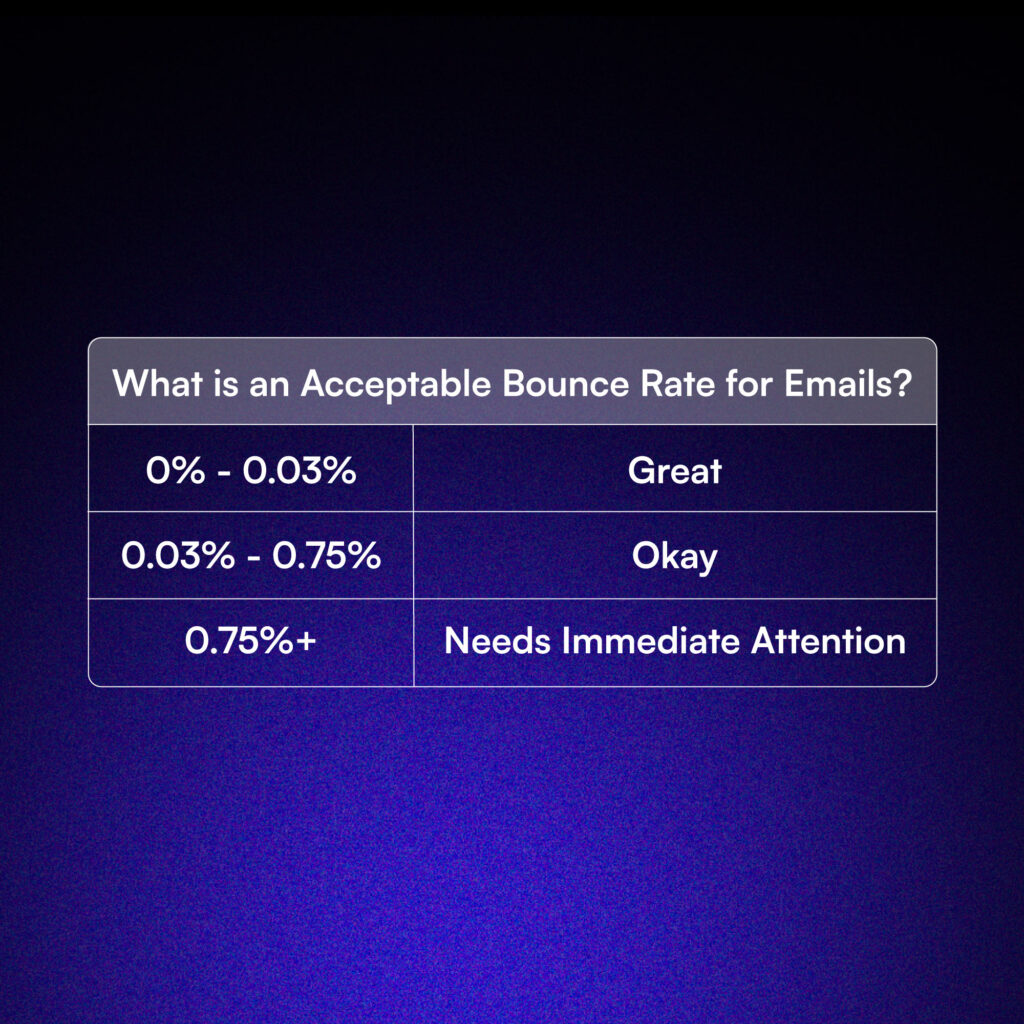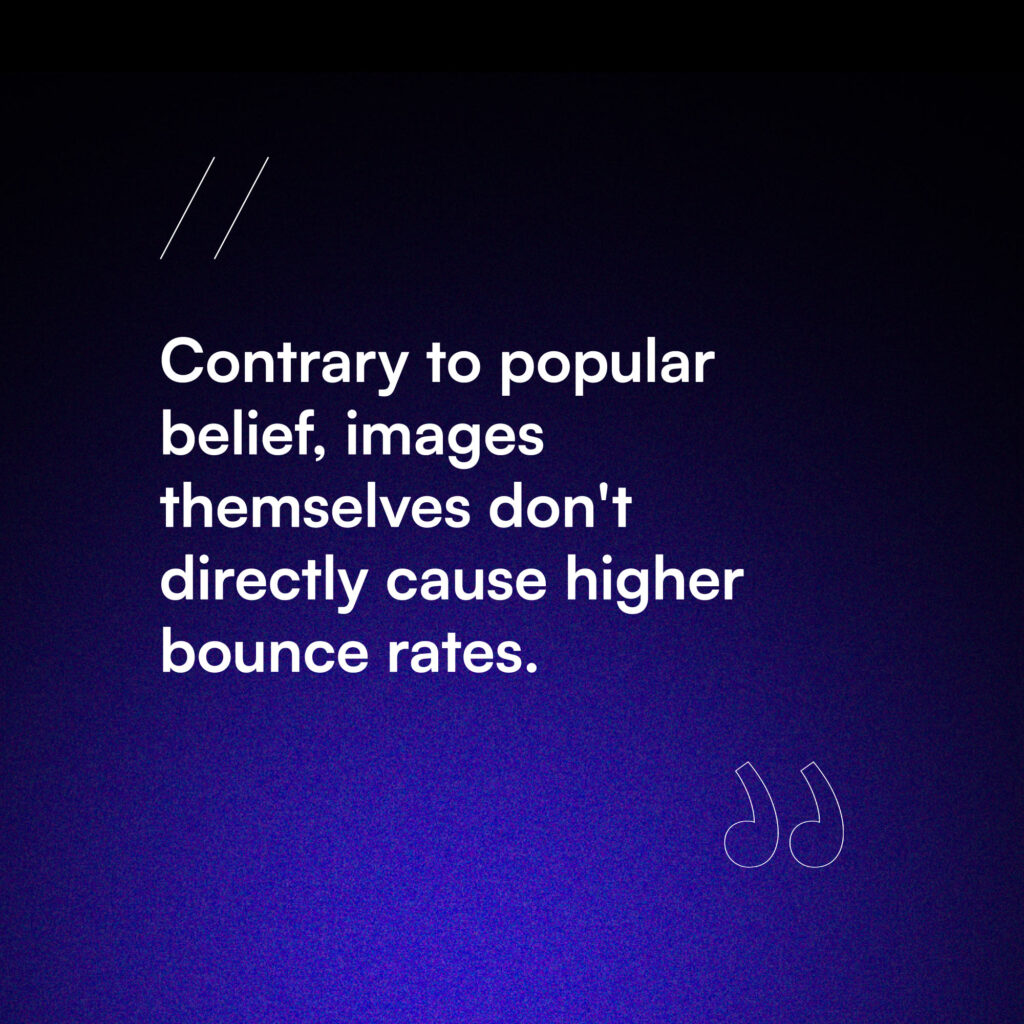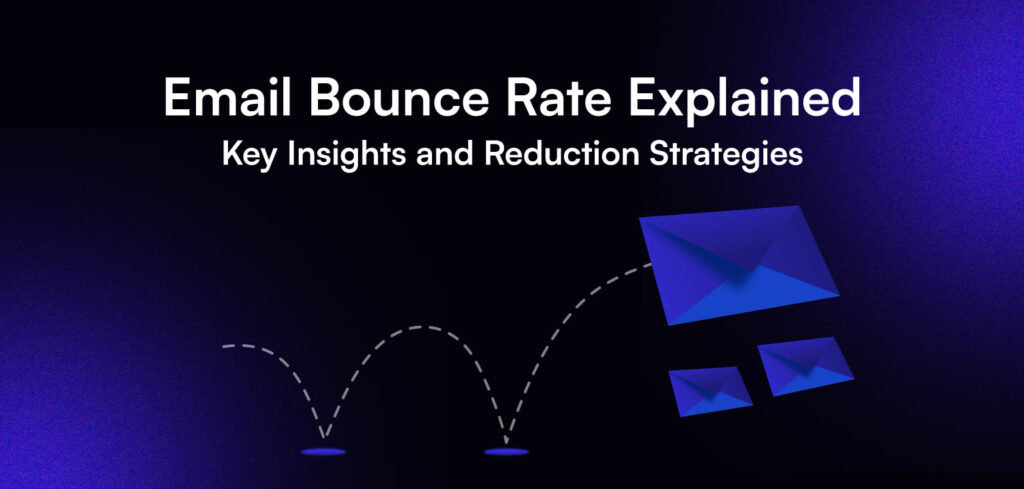Email marketing success isn’t just about crafting compelling content—it’s also about ensuring your messages actually reach your audience. One crucial metric that helps gauge this is the email bounce rate.
Today, we’ll dive deep into what bounce rates are, why they matter, and how you can keep them low to maximize your email marketing effectiveness.
What is Email Bounce Rate?
Email bounce rate is a measure of how many of your sent emails fail to reach your recipient’s inbox. It’s expressed as a percentage of emails that ‘bounce back’ compared to the total number of emails sent. Understanding your bounce rate is crucial because it directly impacts your email deliverability and, ultimately, the success of your email marketing campaigns.
What are the Two Types of Email Bounce Rate?
Not all bounces are created equal. There are two main types of email bounces:
Hard Bounces
These occur when an email fails to deliver due to a permanent reason. Examples include invalid email addresses, non-existent domains, or blocked servers. Hard bounces are serious and require immediate attention.
Soft Bounces
These are temporary delivery failures. They can happen due to a full inbox, a temporarily unavailable server, or messages that are too large. While less severe than hard bounces, recurring soft bounces can eventually turn into hard bounces if left unaddressed.
How to Calculate Bounce Rate Email / Email Bounce Rate Formula
The formula for calculating email bounce rate is straightforward:

Bounce Rate = (Number of Bounced Emails ÷ Total Number of Emails Sent) × 100
For example, if you sent 1,000 emails and 50 bounced back, your bounce rate would be:
(50 ÷ 1,000) × 100 = 5%
What is an Acceptable Bounce Rate for Emails?
While the ideal bounce rate is as close to zero as possible, that’s often unrealistic. Generally, a good email bounce rate is under 0.03%. Here’s a rough guide:

Remember, these are general guidelines. Your acceptable rate may vary depending on your industry and email list quality.
How to Reduce Bounce Rate in Email Marketing
Here are some proven ways to reduce your bounce rate:
1. Regular List Maintenance
Think of your email list as a living entity that needs care. Regularly remove inactive subscribers and invalid addresses. Consider using advanced list cleaning tools to streamline this process and maintain list health.
2. Use Double Opt-In
While double opt-in can serve as a quality filter for your subscriber list, we generally don’t recommend it as a default strategy due to the added friction in the sign-up process.
However, if you’re experiencing high bounce rates or struggling with list quality, implementing double opt-in can be beneficial and may significantly reduce invalid emails, improve engagement metrics, and enhance deliverability.
Consider using double opt-in if your bounce rates are high, you’re getting many spam complaints, or you’re in a market with strict email regulations.
The key is to balance list growth with list quality, so monitor your metrics and adjust your strategy as needed.
3. Grow Your List Organically
While purchased lists may seem tempting, they often lead to more harm than good. Focus on building your list through legitimate means – your bounce rate (and conscience) will thank you.
4. Monitor Sender Reputation
Your sender reputation is crucial in the email world. Regularly check your IP and domain reputation using tools like SenderScore or Google Postmaster Tools. A strong reputation is your ticket to the inbox.
5. Implement Email Authentication
SPF, DKIM, and DMARC may sound technical, but they’re essential for proving your emails’ legitimacy. Think of them as your email’s ID card – make sure it’s always up to date.
6. Smart Segmentation
One size rarely fits all in email marketing. Divide your list based on relevant criteria like purchase history or engagement level. This tailored approach not only reduces bounces but also boosts overall campaign performance.
7. Optimize Email Content
Craft your emails with care. Maintain a balanced text-to-image ratio, avoid known spam trigger words, and ensure your design is mobile-friendly. Remember, good content is the heart of effective email marketing.
Klaviyo Makes It Easy to Reduce Bounce Rates
For email marketers using Klaviyo, reducing bounce rates is streamlined and efficient. Klaviyo automatically suppresses email addresses that hard bounce and those that soft bounce more than seven consecutive times. This feature helps maintain a clean list and protects your sender reputation.
Klaviyo also provides tools for list cleaning and segmentation, allowing you to easily identify and remove unengaged subscribers. The platform’s double opt-in feature is enabled by default, helping ensure that your list consists of real, interested subscribers.
Do Images on Emails Cause Higher Bounce Rates?
Contrary to popular belief, images themselves don’t directly cause higher bounce rates. However, emails with too many images or very large image files can indirectly contribute to bounces in a few ways:

Large File Sizes
Emails with many or large images may exceed size limits set by some email providers, leading to bounces.
Slow Loading Times
Image-heavy emails may take longer to load, potentially frustrating recipients and leading to future disengagement.
Spam Filters
Some spam filters may flag image-heavy emails, especially if there’s little accompanying text.
The key is balance. Use images to enhance your message, but ensure they’re optimized for email and balanced with text content.
So, what now?
Remember, a low bounce rate is just one piece of the email marketing puzzle. It should be considered alongside other metrics like open rates, click-through rates, and conversions to get a complete picture of your email performance.
Read this next: List Growth Rate: What Is It And How Can You Maximize It?


